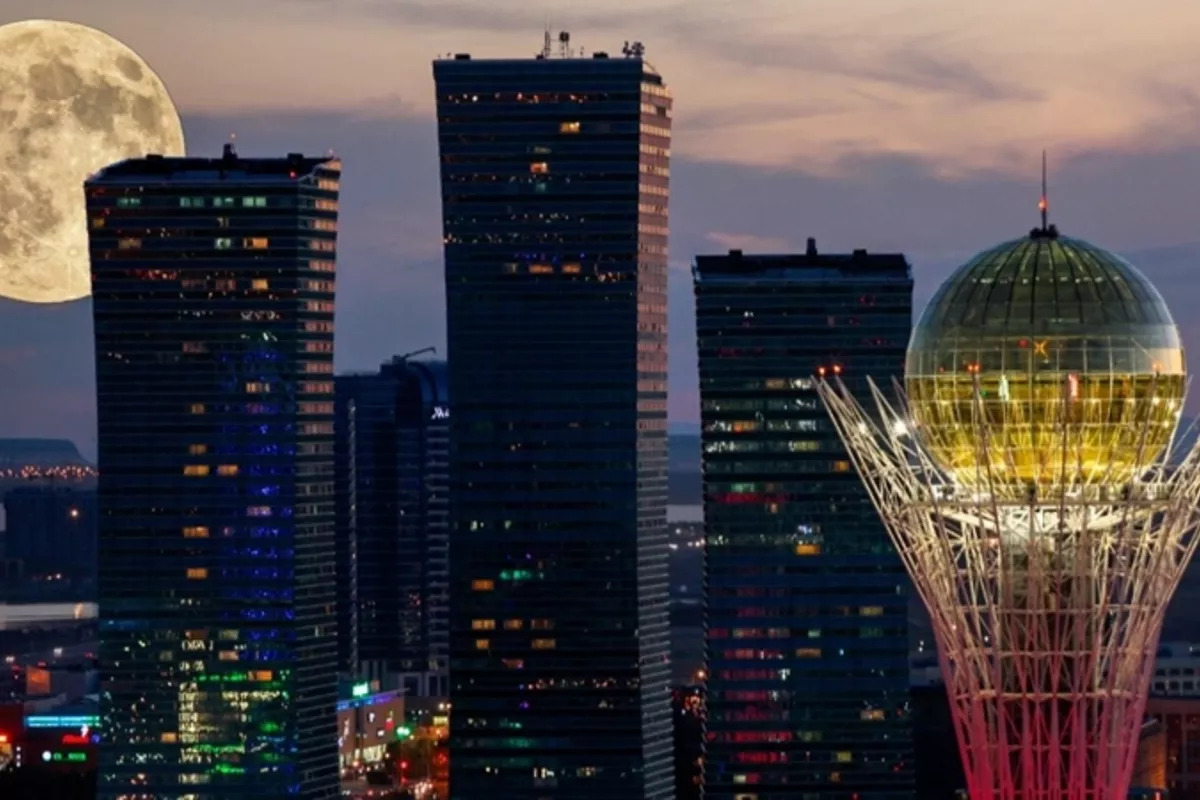
Photo credit: Kazinform/Canva
The Moon will come within a record-short distance of 356,832 kilometers from Earth, marking the closest point between the two celestial bodies this year.
According to experts, November’s full moon will be the biggest and brightest supermoon of this year, The Caspian Post reports citing Kazinform.
The full moon phase will begin at 6:20 p.m. Astana time on November 5, and by 03:30 a.m. on November 6, the Moon will reach perigee 356,832 km from Earth, making the lunar disk appear 7.9% larger and 16% brighter than during an average full moon.
This supermoon is known as the Hunter’s Moon - the full moon that follows the Harvest Moon. While it usually appears in October, astronomers note that 2025 is a rare exception, with the Hunter’s Moon falling in November. The last occurrence of such a late Hunter’s Moon was in 2020, and the next one is not expected until 2028.
Out of the 12-13 full moons typically observed each year, three to four qualify as supermoons. In 2025, the two most significant will occur on November 5 and December 5. The December event will appear slightly smaller, as the Moon will be 129 kilometers farther from Earth - at a distance of 356,961 kilometers.
The next supermoon will be on January 3, 2026.
Share on social media